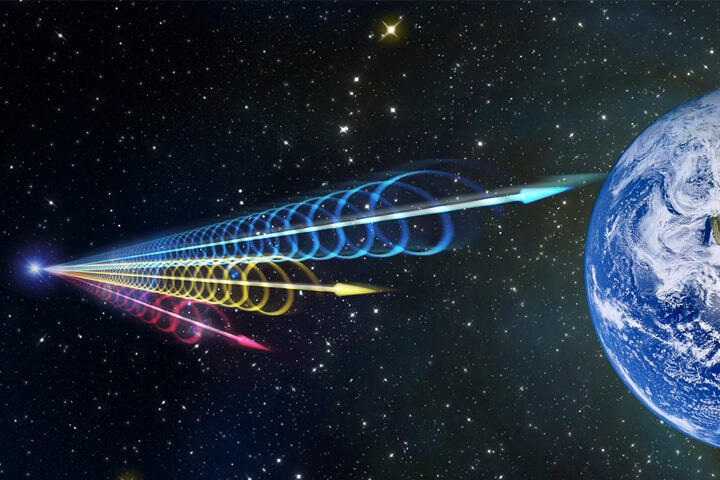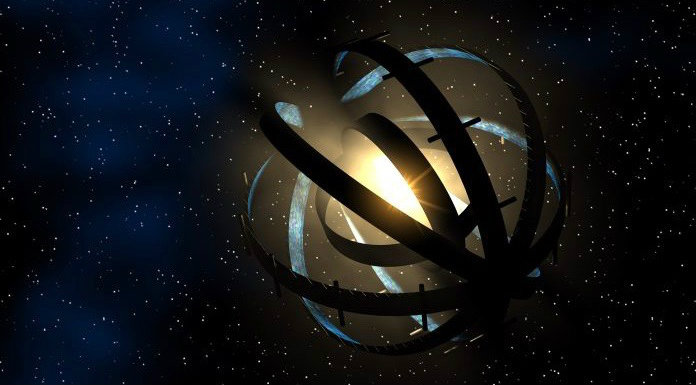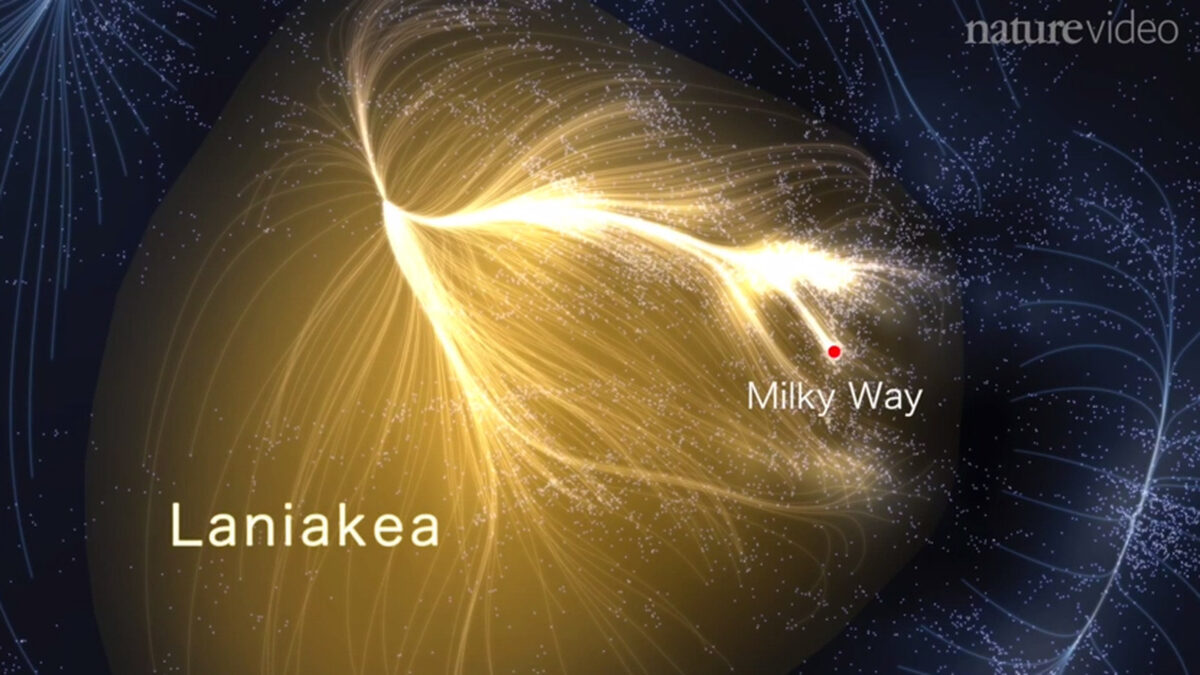The Strangest Phenomena in the Universe That Science Can’t Explain
The universe is vast, mysterious, and filled with wonders that defy even our most advanced scientific understanding. While astronomy and physics have come a long way in explaining how stars form, how galaxies behave, and what dark matter might be, some cosmic puzzles continue to stump even the brightest minds.
From impossible particles to vanishing galaxies, here are some of the strangest phenomena in the universe that science still can’t fully explain.
1. Fast Radio Bursts (FRBs): The Cosmic Morse Code

In 2007, astronomers detected something bizarre—a millisecond-long burst of radio waves from deep space. Since then, hundreds of these Fast Radio Bursts have been recorded, often arriving from billions of light-years away. Some are one-time events, while others mysteriously repeat at intervals.
Their origin? Still unknown. Theories range from collapsing neutron stars and magnetars to more exotic ideas like alien technology. In fact, one repeating FRB was even found to follow a 16-day cycle, which defies most natural explanations and deepens the mystery.
2. Dark Matter and Dark Energy: The Invisible Universe
Everything we can see—stars, planets, gas, dust—makes up only about 5% of the universe. The other 95%? It’s composed of dark matter and dark energy, which are invisible and undetectable by conventional means.
Dark matter seems to exert a gravitational pull, affecting how galaxies rotate, while dark energy pushes the universe to expand faster over time. Yet, we have never seen, touched, or directly detected either. They are placeholders for something we don’t yet understand—cosmic ghosts haunting our equations.
3. The Cold Spot: A Glitch in the Cosmic Microwave Background

The Cosmic Microwave Background (CMB) is the afterglow of the Big Bang—a uniform field of microwave radiation left over from the universe’s birth. But one area, known as the Cold Spot, is inexplicably cooler than the rest.
The odds of such a spot forming randomly are incredibly low. Some scientists suggest it could be the imprint of a collision with another universe, offering tantalizing hints of a multiverse. Others think it might just be a statistical fluke. Either way, the Cold Spot remains one of the most chilling mysteries in cosmology.
4. Quantum Entanglement: Spooky Action at a Distance

Quantum mechanics is already weird, but entanglement takes it to another level. When two particles become entangled, the state of one instantly influences the state of the other—no matter how far apart they are.
Albert Einstein famously called it “spooky action at a distance,” because it appears to violate the speed of light and causality. Although entanglement has been observed and tested countless times, why it happens—and how it communicates instantly—remains unexplained.
5. The Axis of Evil: A Cosmic Alignment That Shouldn’t Exist

Cosmic structures are supposed to be randomly distributed. But when scientists studied the CMB, they discovered a strange alignment in the universe’s oldest light—a pattern known as the Axis of Evil.
This alignment suggests that certain regions of space are somehow oriented in the same direction, which breaks the fundamental assumption of a homogeneous universe. Is it an artifact of data? A flaw in our models? Or a sign that the cosmos has a preferred direction? No one knows.
6. Tabby’s Star: The Dimming That Defies Logic

In 2015, a star named KIC 8462852, or Tabby’s Star, began behaving strangely. It would dim by as much as 22% at irregular intervals—far too much for a planet or dust cloud to explain.
Theories exploded across the internet, including the possibility of a Dyson Sphere—a hypothetical megastructure built by an advanced civilization to harvest starlight. Though no evidence supports that theory today, natural explanations like dust or comet swarms also fall short. Something weird is going on around that star, and it’s not letting us in on the secret.
7. Ultra-High-Energy Cosmic Rays: Particles from Nowhere

Earth is constantly bombarded by cosmic rays, but some of them are so powerful that they shouldn’t exist under our current understanding of physics. These ultra-high-energy cosmic rays hit Earth’s atmosphere with energies millions of times greater than anything produced by human technology.
Where do they come from? Possibly supermassive black holes, colliding galaxies, or maybe even new physics beyond the Standard Model. Until we can trace their exact sources, they remain unexplained bullets fired from the darkness of the cosmos.
8. The Great Attractor: A Gravitational Mystery

Galaxies in our part of the universe aren’t just drifting randomly—they’re all being pulled toward something. That something is called the Great Attractor, a gravitational anomaly located in a region of space obscured by our own Milky Way.
We can’t see it, but we can measure its pull on galaxies, including our own. Is it a massive cluster of galaxies? A concentration of dark matter? Or something even stranger? We may never know until we can peer beyond the veil of the Zone of Avoidance, where it lurks.
9. Matter vs. Antimatter: The Missing Twin
The Big Bang should have produced equal amounts of matter and antimatter. But if that had happened, they would have annihilated each other, leaving a universe full of energy—and no stars, no planets, no us.
Yet here we are, living in a universe made almost entirely of matter. Where did all the antimatter go? Why is our universe biased? Physicists are still searching for the mechanism that tipped the scales—a mystery tied to the very fabric of existence.
10. The Wow! Signal: A Hello From the Stars?

In 1977, a radio telescope in Ohio recorded a 72-second burst of radio waves from space—so unusual and powerful that the astronomer wrote “Wow!” in the margins of the data sheet.
The Wow! Signal has never been repeated, and its source has never been identified. It matched the frequency expected from an intelligent signal, but attempts to detect it again have failed. Was it a message? A mistake? Or a one-time cosmic event? The silence that followed has only deepened the mystery.
